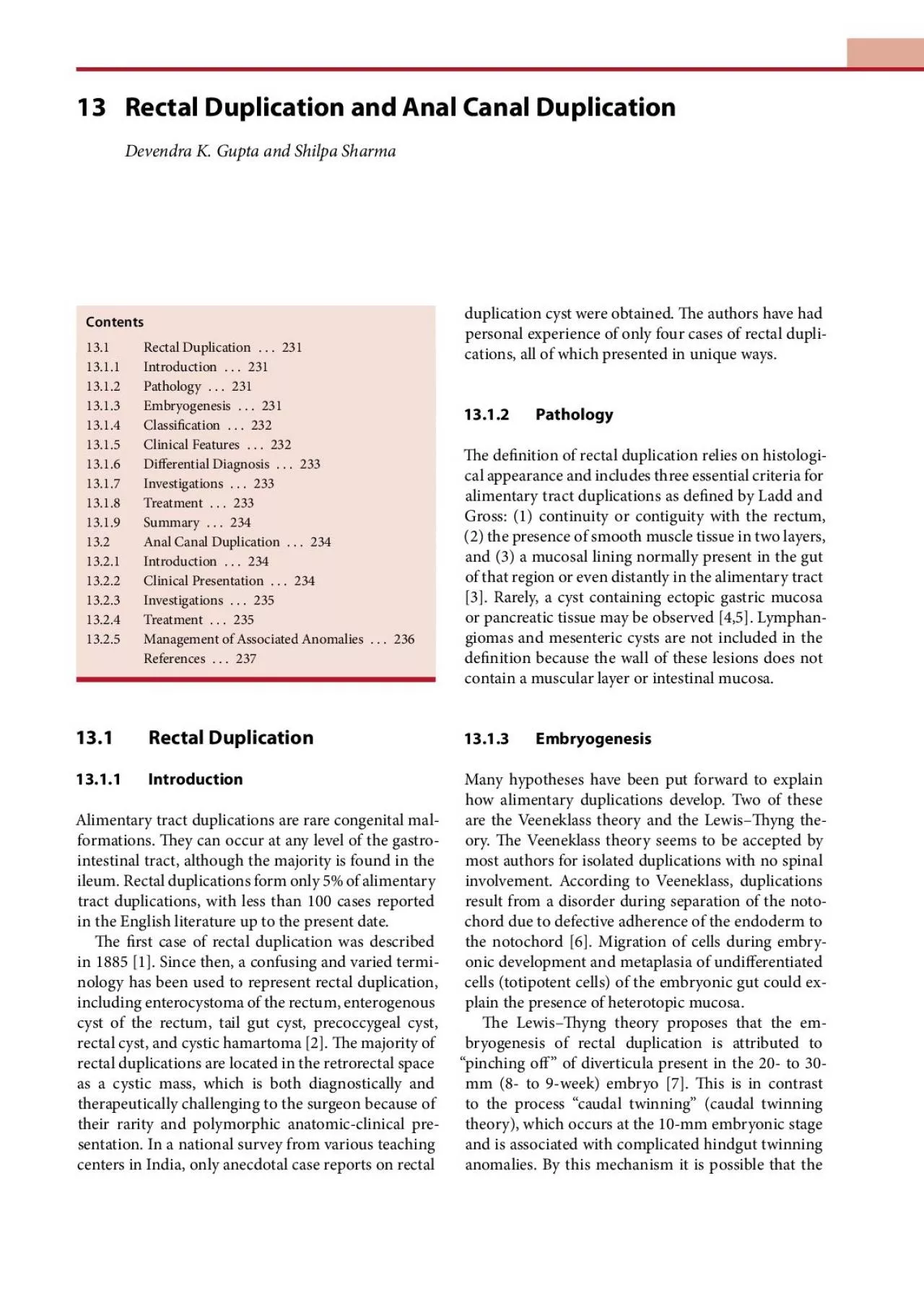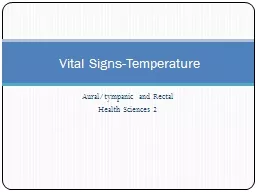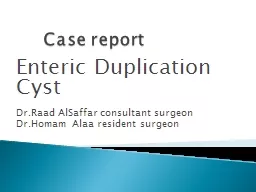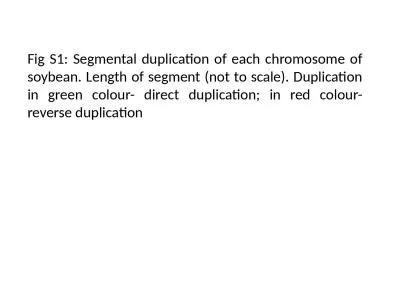PDF-Rectal Duplication
Author : joy | Published Date : 2022-09-06
2311311 Introduction 2311312 Pathology 2311313 Embryogenesis 2311314 Classi30cation 2321315 Clinical Features Introduction 2341322 Clinical
Presentation Embed Code
Download Presentation
Download Presentation The PPT/PDF document "Rectal Duplication" is the property of its rightful owner. Permission is granted to download and print the materials on this website for personal, non-commercial use only, and to display it on your personal computer provided you do not modify the materials and that you retain all copyright notices contained in the materials. By downloading content from our website, you accept the terms of this agreement.
Rectal Duplication: Transcript
Download Rules Of Document
"Rectal Duplication"The content belongs to its owner. You may download and print it for personal use, without modification, and keep all copyright notices. By downloading, you agree to these terms.
Related Documents














